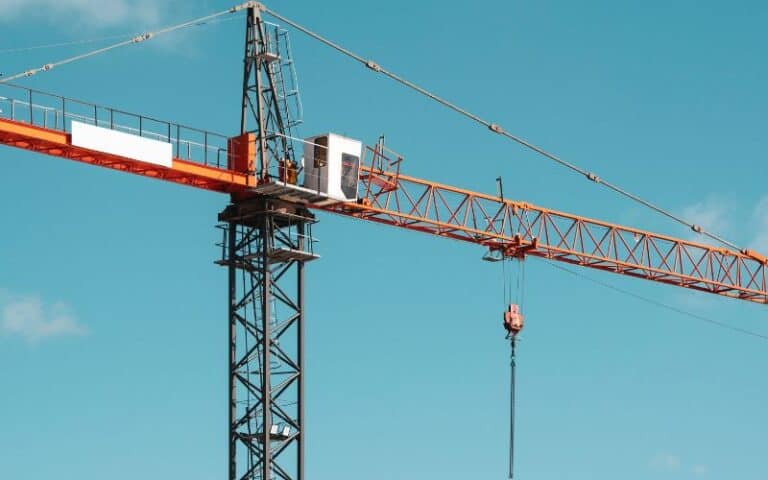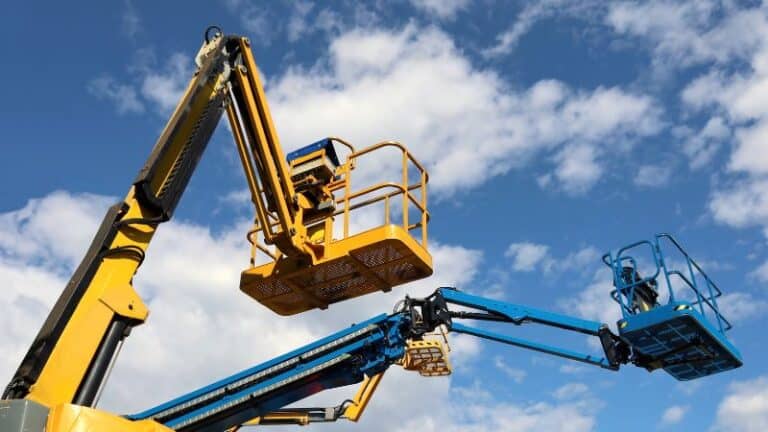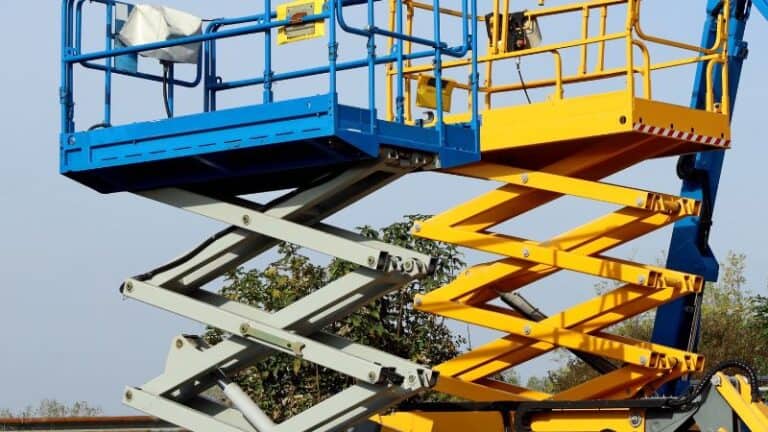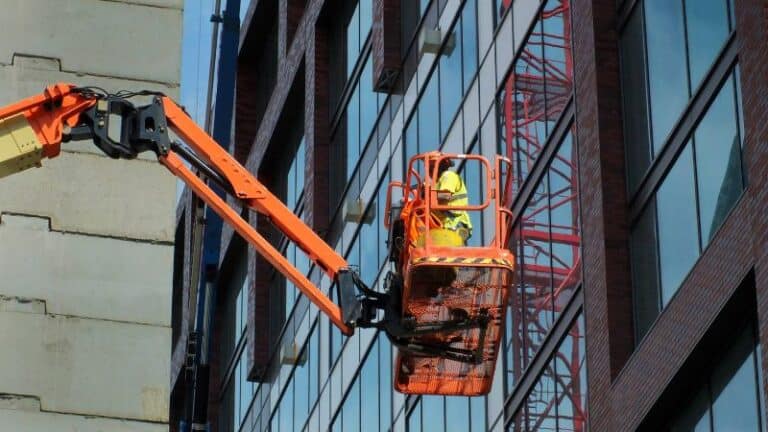
Definitions and Implement
The 3 to 1 rule is an important safety guideline for scaffolding which helps keep workers safe when they’re working at heights.
The 3 to 1 rule states that for every three feet in height of a freestanding scaffold tower, the base should be at least one foot wide.
For example, if your scaffold is 15 feet tall, the base should be at least 5 feet wide. This golden ratio helps prevent tipping and maintains stability while you work.
*This rule applies specifically to freestanding scaffolding towers that aren’t tied to a building or other structure. These types of scaffolds rely entirely on their base dimensions for stability.
Implementing the 3 to 1 Rule
To apply the 3 to 1 rule correctly, measure the total height of your scaffold first.
For example:
- 9-foot scaffold = minimum 3-foot base width
- 15-foot scaffold = minimum 5-foot base width
- 21-foot scaffold = minimum 7-foot base width
You should always round up when calculating. For a 10-foot scaffold, don’t use 3.33 feet – go with 4 feet to be safe.
Make sure to measure from the ground to the highest working platform. Don’t forget to include guardrails if they’re part of your setup.
The base width refers to the shortest side of your scaffold.
Basic Principles of Scaffolding Safety
Except the 3 to 1 rule, there are some other things need to be considered when using a scaffolding.
Stable Foundations
Your scaffold must always rest on solid, level ground. Avoid setting up on soft soil, mud, or uneven surfaces.
Foundation requirements:
- Use base plates and mudsills to distribute weight
- Check that all legs make firm contact with the ground
- Never use bricks, blocks, or boxes to level a scaffold
- Ensure the area is free of debris and trip hazards
Regularly inspect the foundation during use, especially after rain or when conditions change. If you notice any sinking or tilting, evacuate the scaffold immediately and fix the issue.
Load Capacity
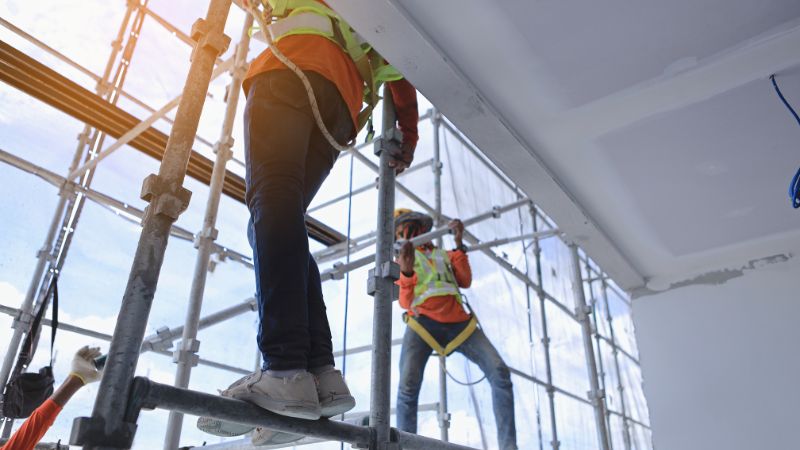
Every scaffold has weight limits you must respect.
Load capacity guidelines:
- Distribute weight evenly across platforms
- Avoid storing unnecessary materials on scaffolds
Never overload a scaffold even temporarily. Remove tools and materials when not in use.
Potential Risks and Avoidance Strategies
Risk Assessment for Scaffolding
Before setting up any scaffold, you should evaluate all potential hazards. The four major scaffolding dangers are falls, being struck by falling objects, electrocution, and scaffold collapse.
Fall hazards occur when guardrails are missing or platforms have gaps.
Weather conditions pose serious risks. Never use scaffolding during high winds, rain, or snow. If platforms become icy or wet, take them out of service until they’re completely clean and dry.
Proximity to power lines creates electrocution risks. Always maintain at least 10 feet of clearance from power lines to prevent deadly accidents.
Overloading can lead to catastrophic failures. Know the maximum load capacity and never exceed it, even temporarily.
Preventive Measures

Proper training ensures everyone follows safety protocols. All workers should understand the 3-to-1 rule and know how to identify unstable structures.
Personal protective equipment (PPE) is non-negotiable. This includes:
- Hard hats
- Non-slip footwear
- Wear Gloves when handling components
Inspection and Maintenance
Regular Scaffold Inspections
OSHA requires that a competent person inspect scaffolds before each work shift.
The inspector should check for visible defects in all components including:
- Platforms and walking surfaces
- Guardrails and fall protection
- Base plates and foundation
- Braces and connections
- Tie-ins that maintain the 3:1 height-to-base ratio
Workers should also perform quick visual checks before climbing onto scaffolding.
Conclusion
In conclusion, understanding and adhering to the 3 to 1 rule for scaffolding is essential for ensuring safety and stability during the erection and dismantle of various types of scaffold, such as suspended scaffold or outrigger systems.
According to OSHA guidelines, the scaffold shall maintain a base width that is at least one-third of its height to prevent tip hazards. Proper use of braces, guardrails, and guy lines further enhances stability, while ensuring the scaffold platform or working platform is secure.
By following these guidelines, workers can minimize hazard risks and maintain a safe construction environment.
Frequently Asked Questions
What Types of Scaffolding Are There? Does the 3-to-1 Rule Apply to Each Type?
There are several types of scaffolding, including supported scaffolds (like frame scaffolds and tube and coupler scaffolds), suspended scaffolds (such as swing stages), mobile scaffolds, and outrigger scaffolds.
However, this rule may not directly apply to all types, such as suspended scaffolds, which rely on overhead support rather than a freestanding base.
What Are the Consequences of Not Complying with the 3-to-1 Rule?
Failing to comply with the 3-to-1 rule can lead to severe consequences, including scaffold tip-overs, collapses, and falls, which pose significant hazards to workers.
Non-compliance can also result in OSHA violations, leading to fines, legal liabilities, and potential shutdowns of construction projects.
Which Is Safer, Scaffolding or Mast Climbers?
Mast climbers are often considered safer for certain tasks due to their stability, controlled vertical movement, and ability to provide a consistent working platform at varying heights. If you are considering to buy a equipment for your project, you can conntact Ihurmo professors for a detailed guidance and a affordable price.

